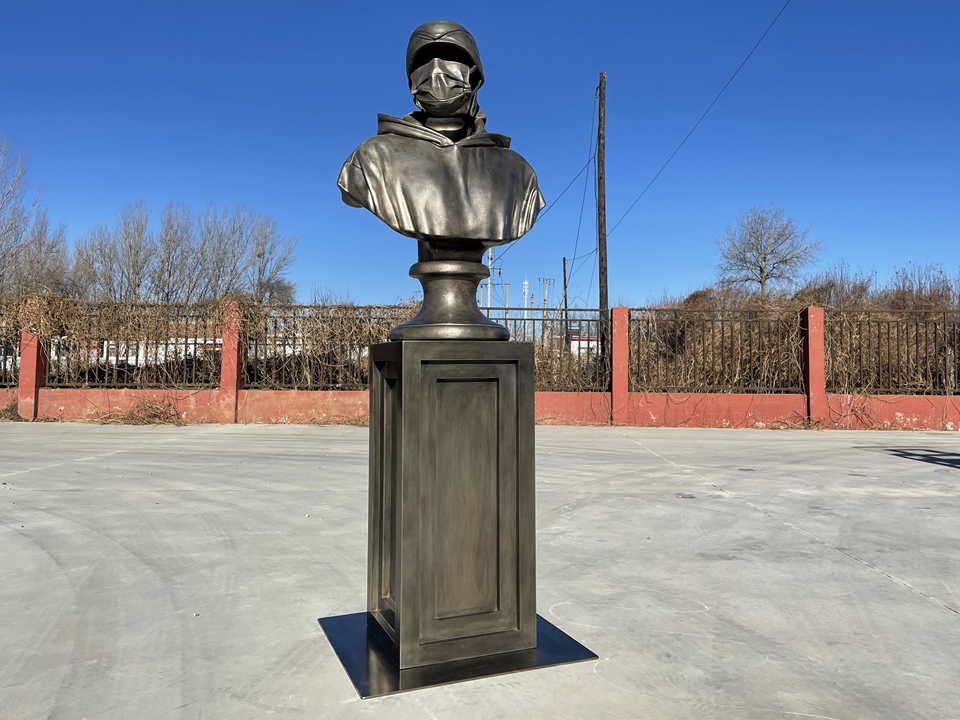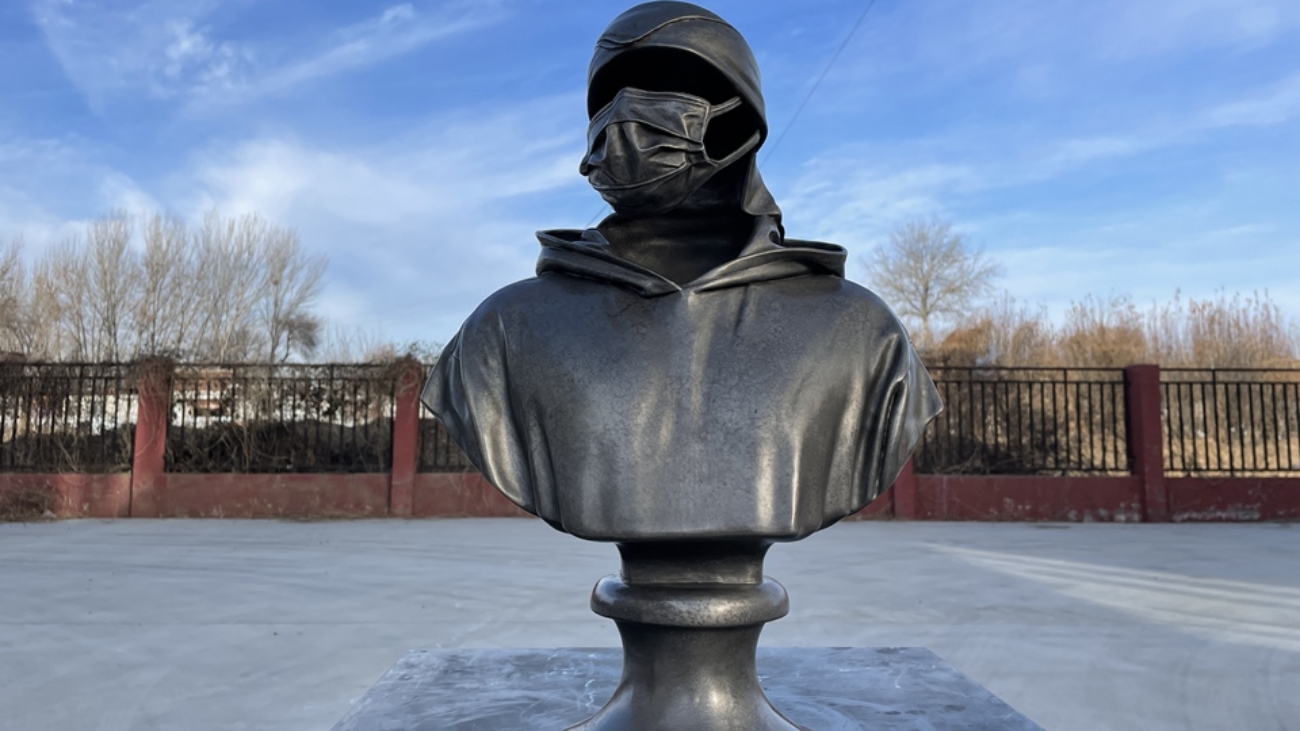Western bronze sculpture has carved its place in global art history through a blend of technical mastery, cultural storytelling, and enduring materiality. Unlike transience that fades or fractures, bronze’s resilience against time and nature ensures its role as a bridge between past and present. From ancient civilizations to avant-garde studios, this art form has evolved to reflect societal values, technological advancements, and artistic innovation. Tod Westerntern’s bronze sculpture continues to captivate collectors, institutions, and public audiences, offering a unique combination of aesthetic beauty and historical significance. This article explores its enduring appeal, highlighting how it adapts to contemporary contexts while honoring traditional craftsmanship.

The Allure of Bronze: A Material That Defies Time
Western bronze sculpture’s longevity stems from its core material: an alloy of copper, tin, and sometimes zinc. This combination creates a metal strong enough to withstand centuries of exposure to weather, pollution, and physical stress. The patina that forms naturally on bronze surfaces—a thin layer of oxidation—not only protects the sculpture but also enhances its visual depth, with hues ranging from earthy greens to rich blues. Artists often manipulate this process through chemical treatments to achieve specific colors, as seen in the verdigris finishes of Renaissance masterpieces or the golden tones of modern abstract works. This duality of strength and transformative beauty makes Western bronze sculpture a favorite for outdoor installations, where it harmonizes with natural landscapes while resisting decay.
From Myth to Monument: The Cultural Significance of Western Bronze
Historically, Western bronze sculpture has served as a tool for storytelling and social commentary. In ancient Greece and Rome, it immortalized deities, heroes, and rulers, reinforcing cultural narratives through monumental forms . The Colossus of Rhodes, though now lost, symbolized Hellenistic ambition, while Roman equestrian statues conveyed imperial power. During the Renaissance, artists like Donatello revived classical techniques to explore humanism, creating works like David that emphasized individuality and emotional realism. The 19th century saw a surge in public commissions, with Western bronze sculpture becoming central to civic identity. Frederic Remington’s bronzes of the American West, for example, celebrated frontier life while shaping national mythology. Today, contemporary artists use the medium to address issues like climate change, migration, and identity, proving its relevance in a rapidly changing world.
Technical Mastery: The Art of Casting and Craftsmanship
Creating Western bronze sculpture requires a blend of artistic vision and technical precision. The lost-wax casting method, developed over 4,000 years ago, remains the gold standard for producing detailed, durable pieces. This process involves sculpting a model in wax, encasing it in a mold, melting away the wax, and pouring molten bronze into the resulting cavity. Each step demands expertise: from refining the alloy’s composition to chasing and patinating the final surface. Modern innovations such as 3D scanning and printing have streamlined some aspects of production, but many artists still prefer traditional methods for their tactile connection to the material. Workshops in Italy, France, and the United States continue to train new generations of founders n ensuring that centuries-old techniques endure alongside cutting-edge tools.
Collecting Western Bronze Sculpture: A Blend of Passion and Prudence
For collectors, Western bronze sculpture offers both aesthetic pleasure and long-term value . Unlike paintings or ceramics, bronzes retain their integrity over time, making them heirlooms that appreciate in cultural and monetary worth. Auction houses like Sotheby’s and Christie’s regularly feature historic and contemporary bronzes, with prices reflecting rarity, artist reputation, and condition. Emerging collectors often start with limited editions or studio casts, which provide access to high-quality works at more accessible price points. Institutions, meanwhile, acquire bronzes to enrich their collections and engage public audiences through exhibitions and educational programs. The demand for Western bronze sculpture remains steady, driven by its versatility—from intimate figurines to large-scale public art—and its ability to resonate across demographics.
Conclusio: The Future of Western Bronze Sculpture in a Digital Age
As technology reshapes the art world, Western bronze sculpture stands out for its resistance to obsolescence.e While digital art and NFTs dominate headlines, bronzes offer a tactile, permanent alternative that connects viewers to physical space and historical continuity. Artists today are embracing this contrast, integrating digital tools into traditional workflows or creating hybrid pieces that merge metal with LED lights, sensors, or augmented reality. Y, the core appeal remains unchanged: the act of shaping molten metal into enduring forms that provoke thought, evoke emotion, and transcend time. FcFcollectorscreators, and communities, Western bronze sculpture is more than an art form—it’s a legacy in the making, a testament to humanity’s capacity to transform raw materials into timeless expressions of creativity.



Add a Comment